This is the 52nd in a series of posts on the Fujifilm GFX-50S. The series starts here.
Yesterday, Kipon GFX adapters for Leica M and R lenses arrived, so I’ll be testing some more. The timing is good, since I’ve decided that I really need to simulate off-axis bokeh, and I haven’t figured out a way to make it run fast enough to be practical.
First up: the cultishly venerable Leica 280 mm f/4 Apo-Telyt-R. I tested this lens on the a7R, and It was an excellent performer, so this test is to determine how well it covers the larger GFX sensor, how sharp it it outside the 24×36 mm image circle, and whether the GFX sensor cover glass causes corner smearing.
The scene, at f/4 through f/11, Focused in the center at each f-stop. Focus shift is minimal-t0-unnoticeable:
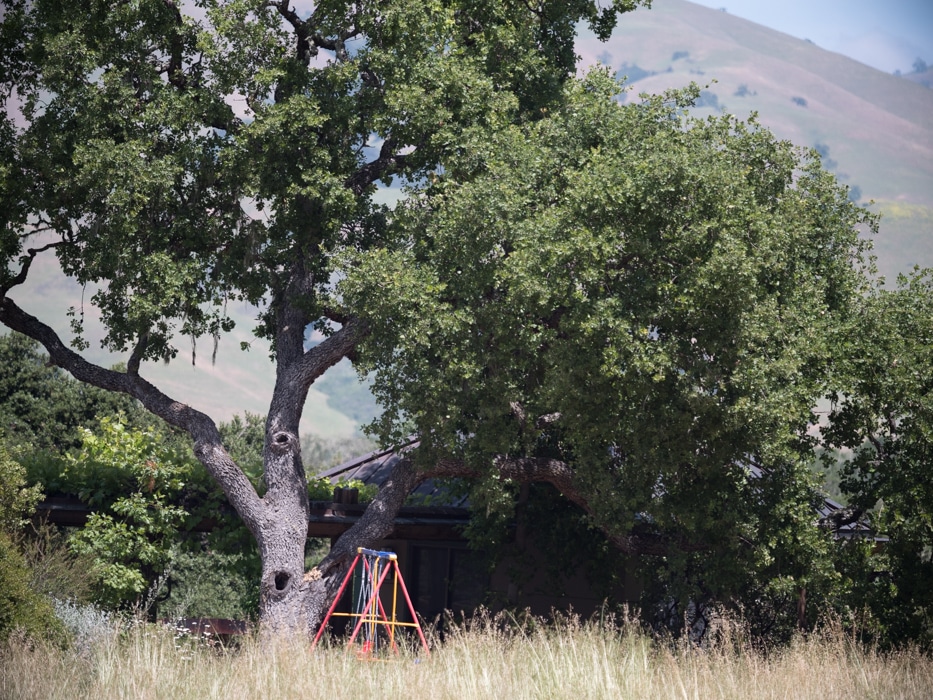
There is noteable corner falloff. The lens covers out to a 4:5 aspect ratio well, though.
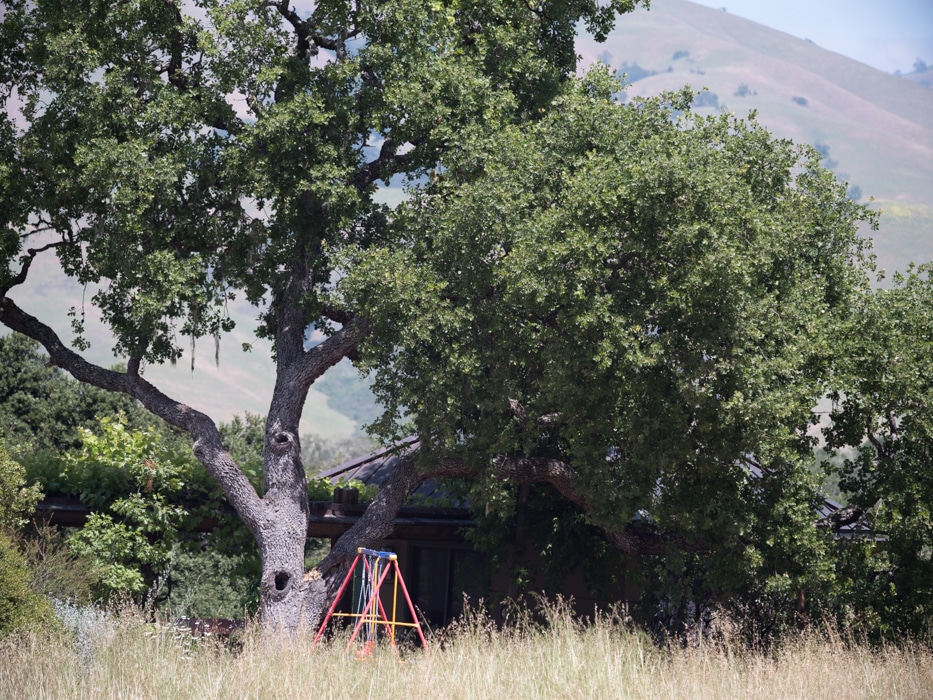
The corners are pretty good.
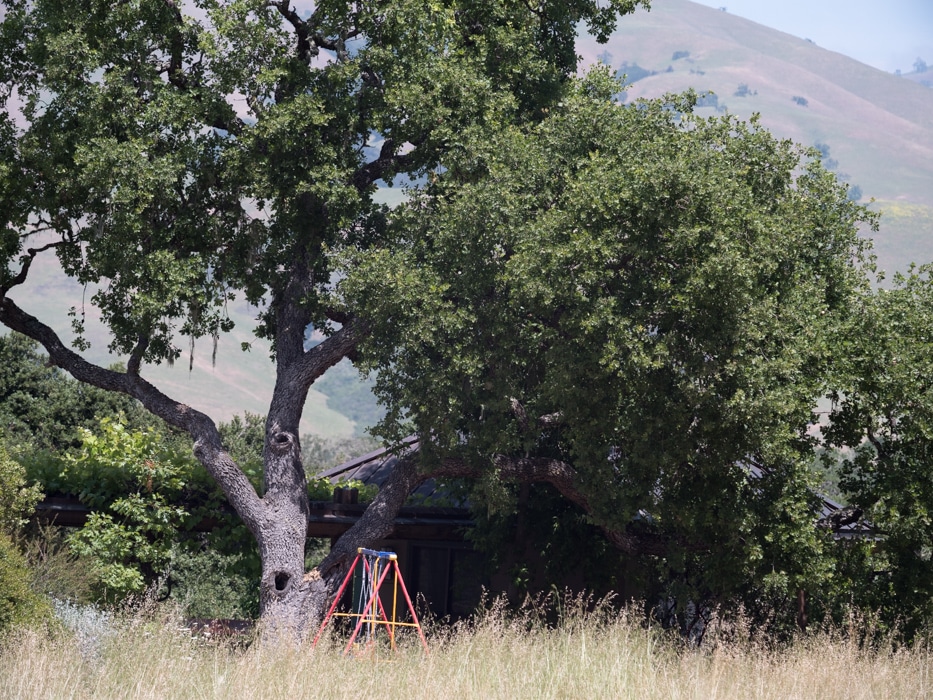
The corners are almost perfect.
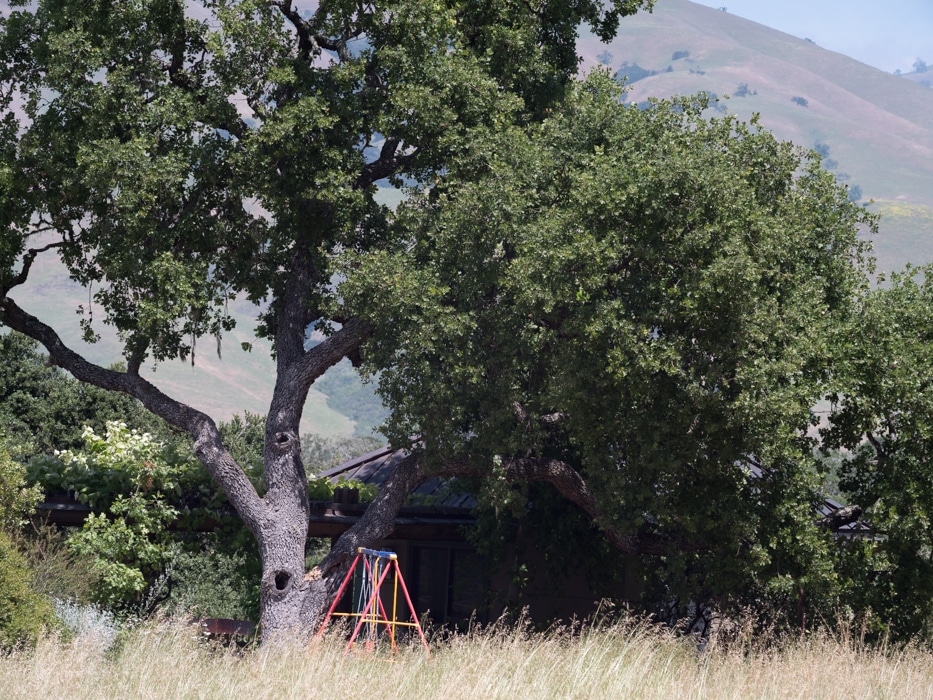
Now the corners look good.
Now I’m going to show you some very tight crops; here’s how to use them. The dimensions of the GFX sensor are 8256×6192 pixels. If we make a full-frame print from the GFX on a printer with 360 pixels per inch native driver-level resolution, like the Epson inkjet printers, we’ll end up with a 23×17 inch (58×44 cm) print. The 318×246 pixel crop you’re looking at will end up 0.8333×0.6833 inches (2.12×1.74 cm). Let’s imagine that you or your viewers are critical, and will look at the 22×17 inch print from about 18 inches (conventional wisdom is that the distance would be a little greater than that, or 28 inches (the diagonal), but you did buy a high-resolution camera for a reason, didn’t you?).
The next step is dependent on your monitor pitch, which you may or may not know. Turns out, you don’t have to know it. Just take the 253% crops and view then at 1:1. How high are they? Get out your ruler and measure, or just guess. Let’s say they are 6 inches high. 6 inches is about 7 times 0.8333, so in order to view the crops the way they’d look from 18 inches on the print is to view them from 7 times as far away, or 10.5 feet.
Everything here scales proportionately. If the image on your screen is bigger than 6 inches, increase your viewing distance by the ratio of your image height to 6 inches. If you think your viewers are going to almost get their nose to that print and look at it from six inches, divide that 10.5 feet by 3, and look at the image on the monitor from three and a half feet away.
On a 30 inch 4K display, a 1:1 presentation of these crops will be about 4 inches, so to simulate the effect of viewing the print from 18 inches, you’ll want to back up to about seven feet. A couple of feet for a 6 inch print viewing distance. On a 17 inch laptop 4K display, a 1:1 presentation of these crops will be about 2 inches, so to simulate the effect of viewing the print from 18 inches, you’ll want to back up to about three and a half feet. A foot for a 6 inch print viewing distance.
In the center:
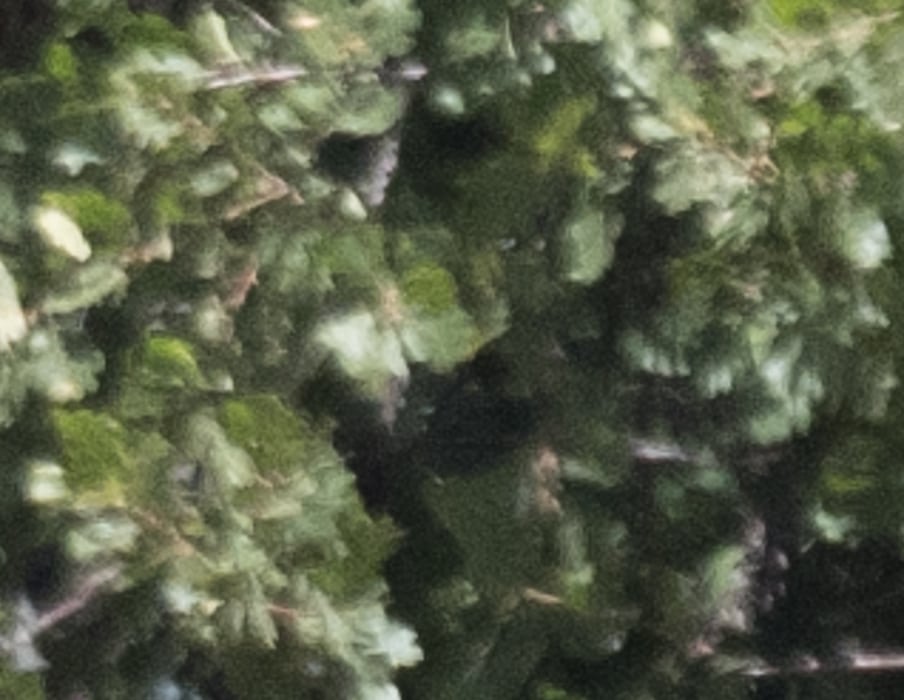
Not totally crisp. We saw this on the a7R as well.
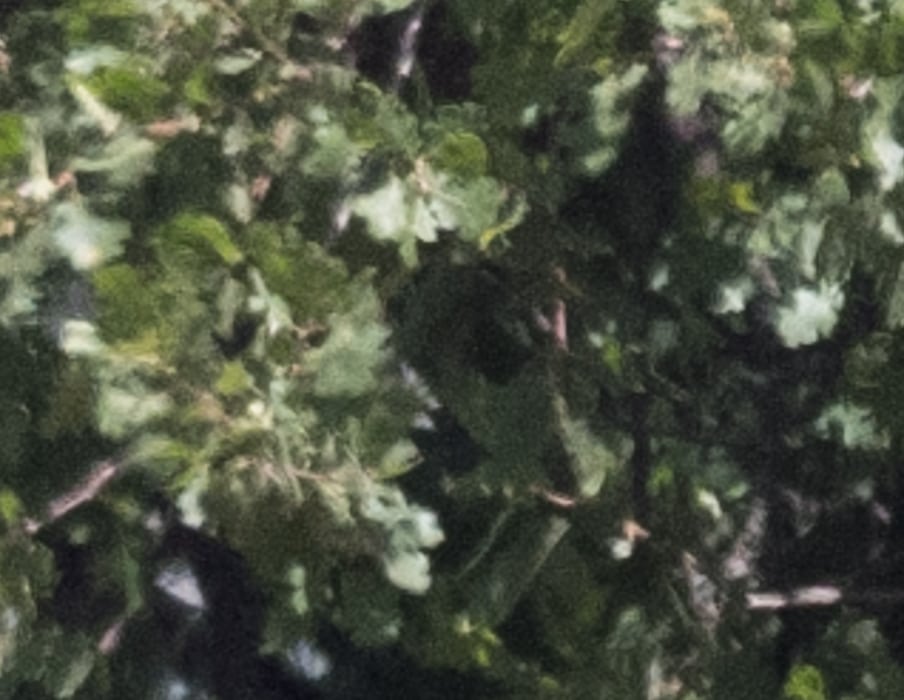
Improved, and quite nice.

Excellent.
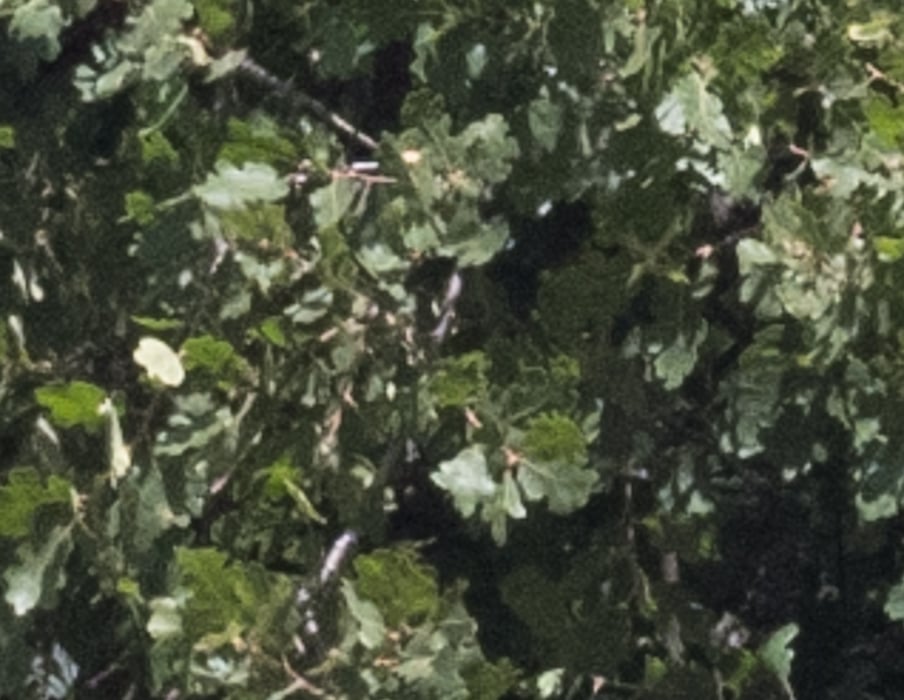
Not quite as good as f/8.
In what would be the upper left corner of a 1:1 crop:
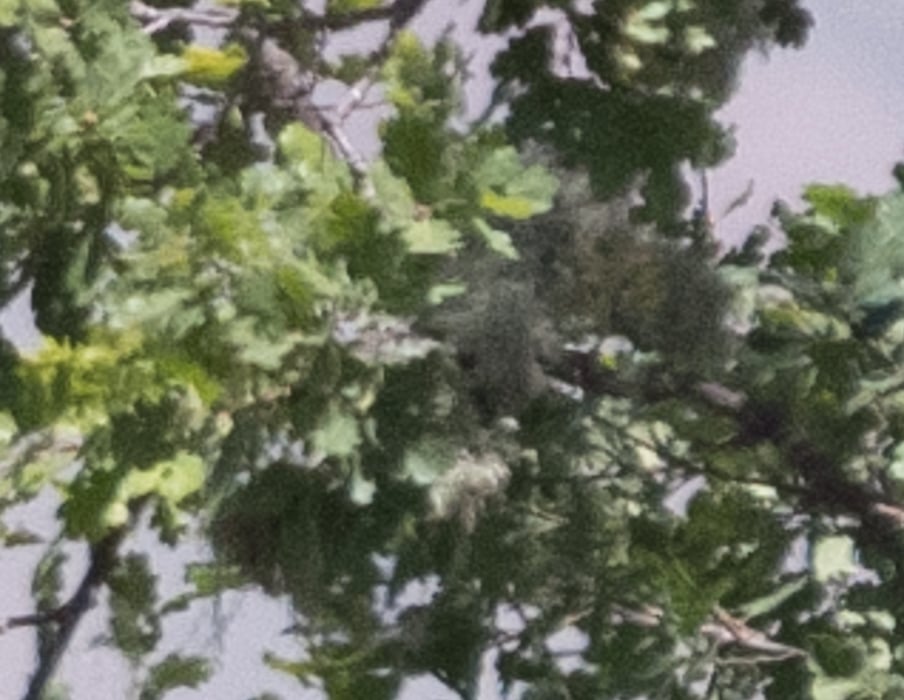
This is every bit as good as in the center. Wow!
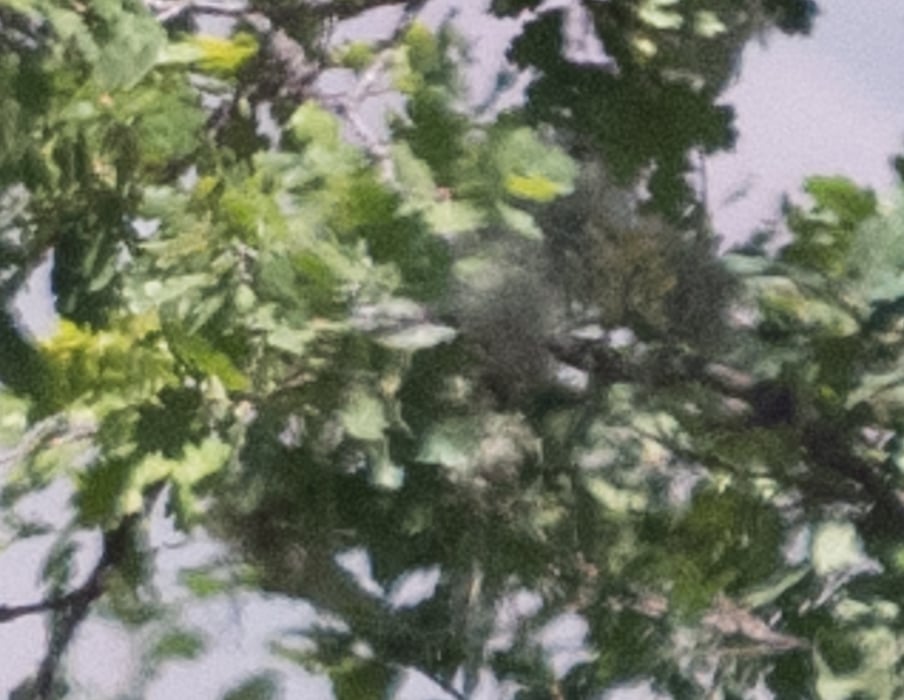
A bit better.
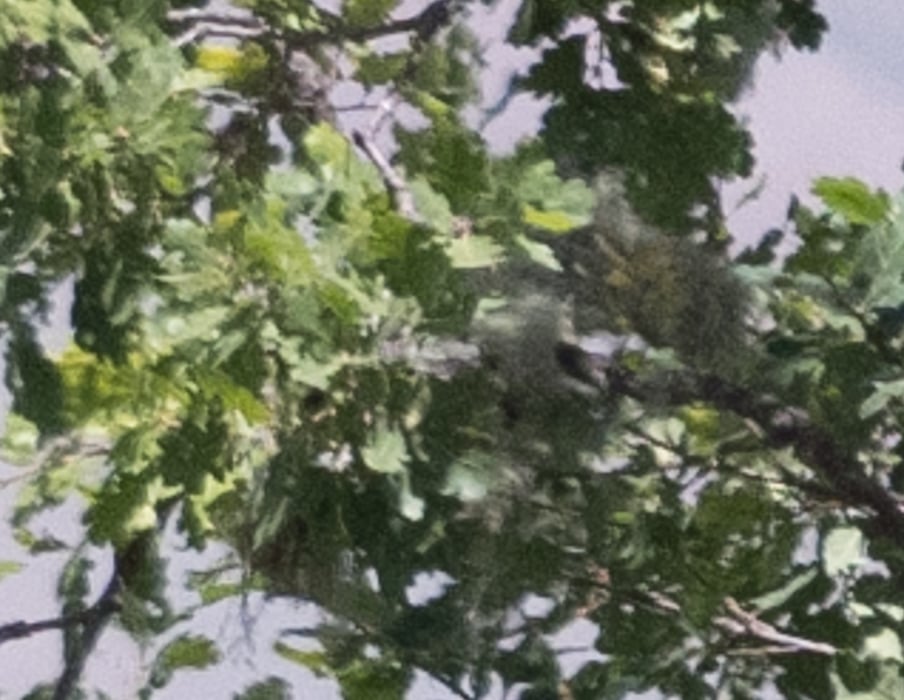
Very good.
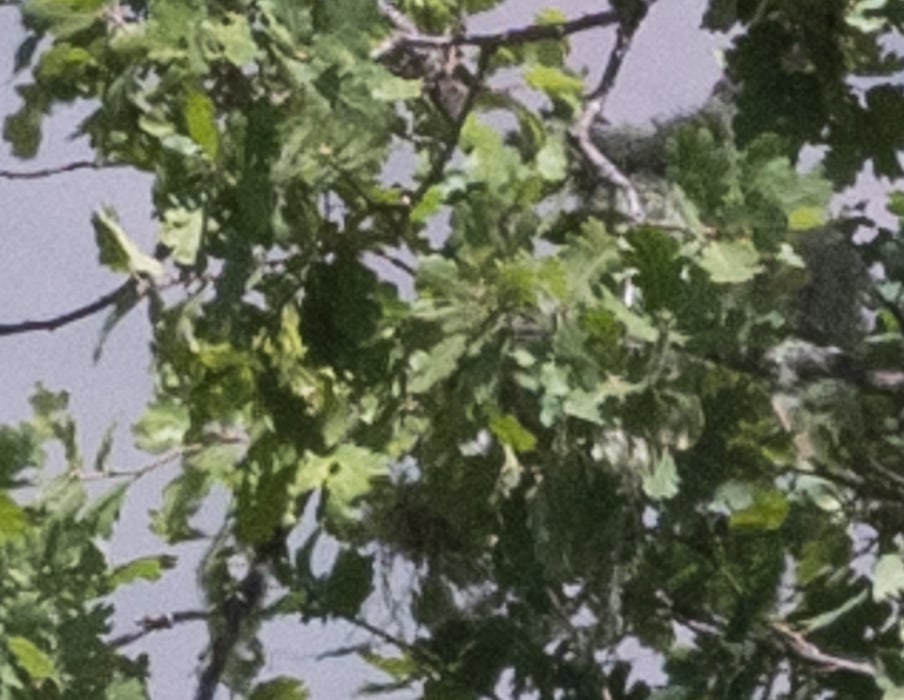
Also good.
In the upper left corner of the full 4:3 frame:
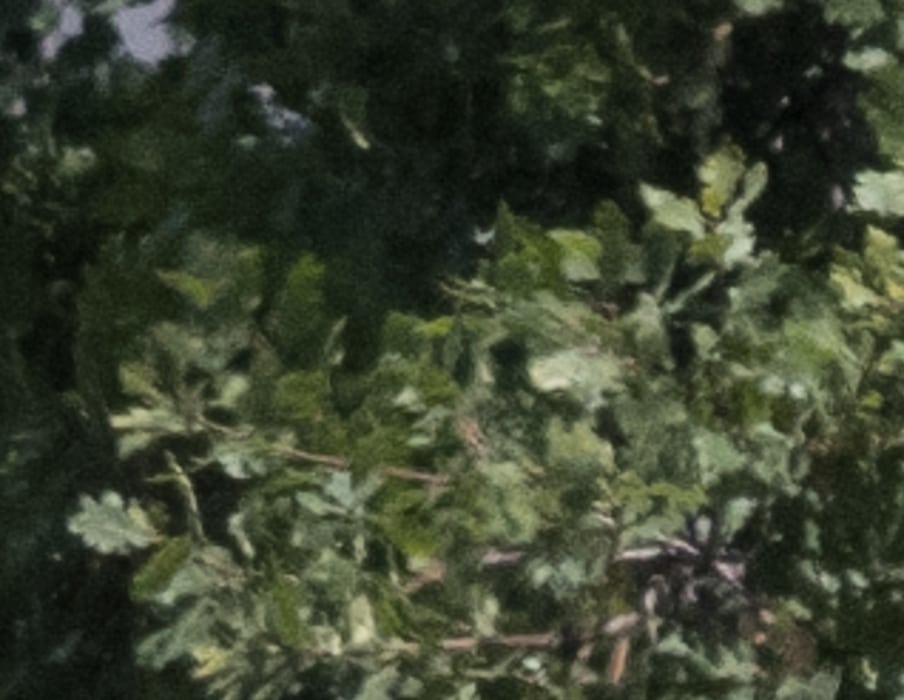
Pretty darned good, for wide open.
I’ll skip the f/5.6 image, since there was a capture error. Sharpness looked slightly better than f/4.
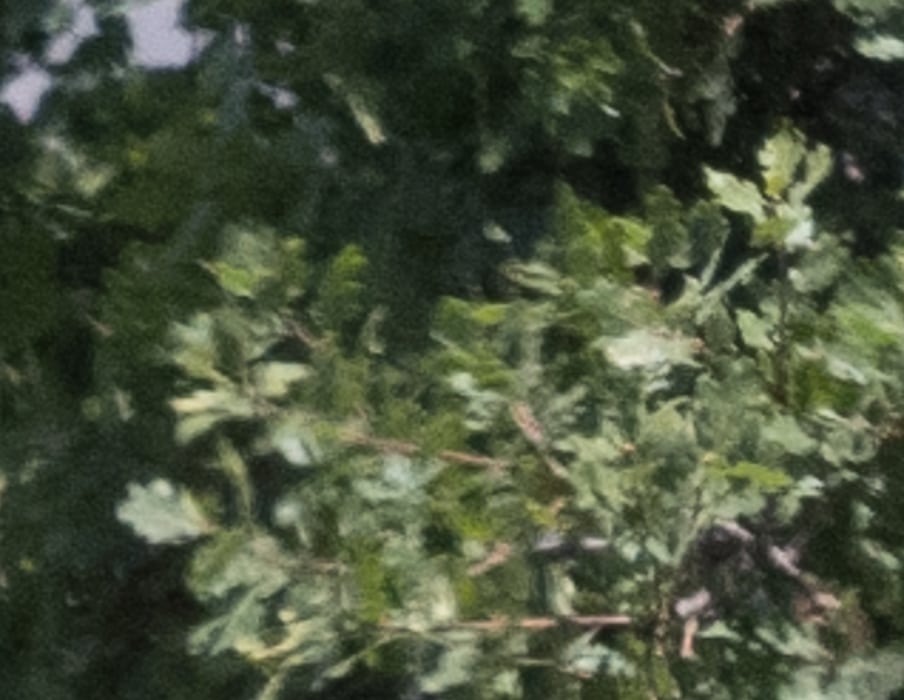
Good.
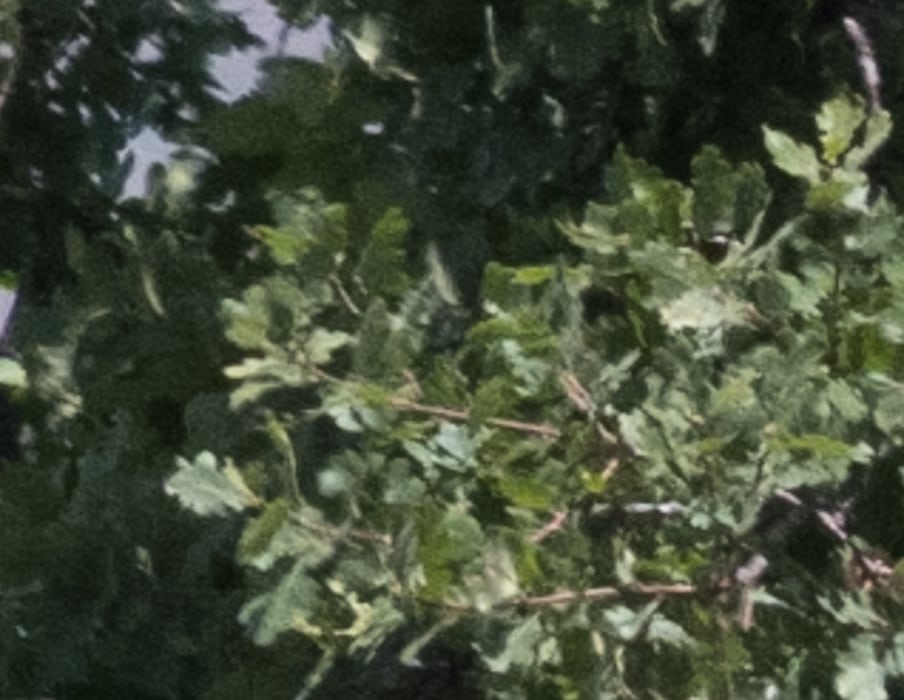
Better.
There is good news and bad news here. The good news is that this lens works quite well on the GFX. The bad news is that the prices, already bid up after the a7R came out over where they had fallen when Leica orphaned the R lens line, are probably destined to continue their ascent.
[…] tested the Leica 280/4 R-mount tele and the 250/5.6 Superachromat on the GFX, and both did well in different ways. I have several […]